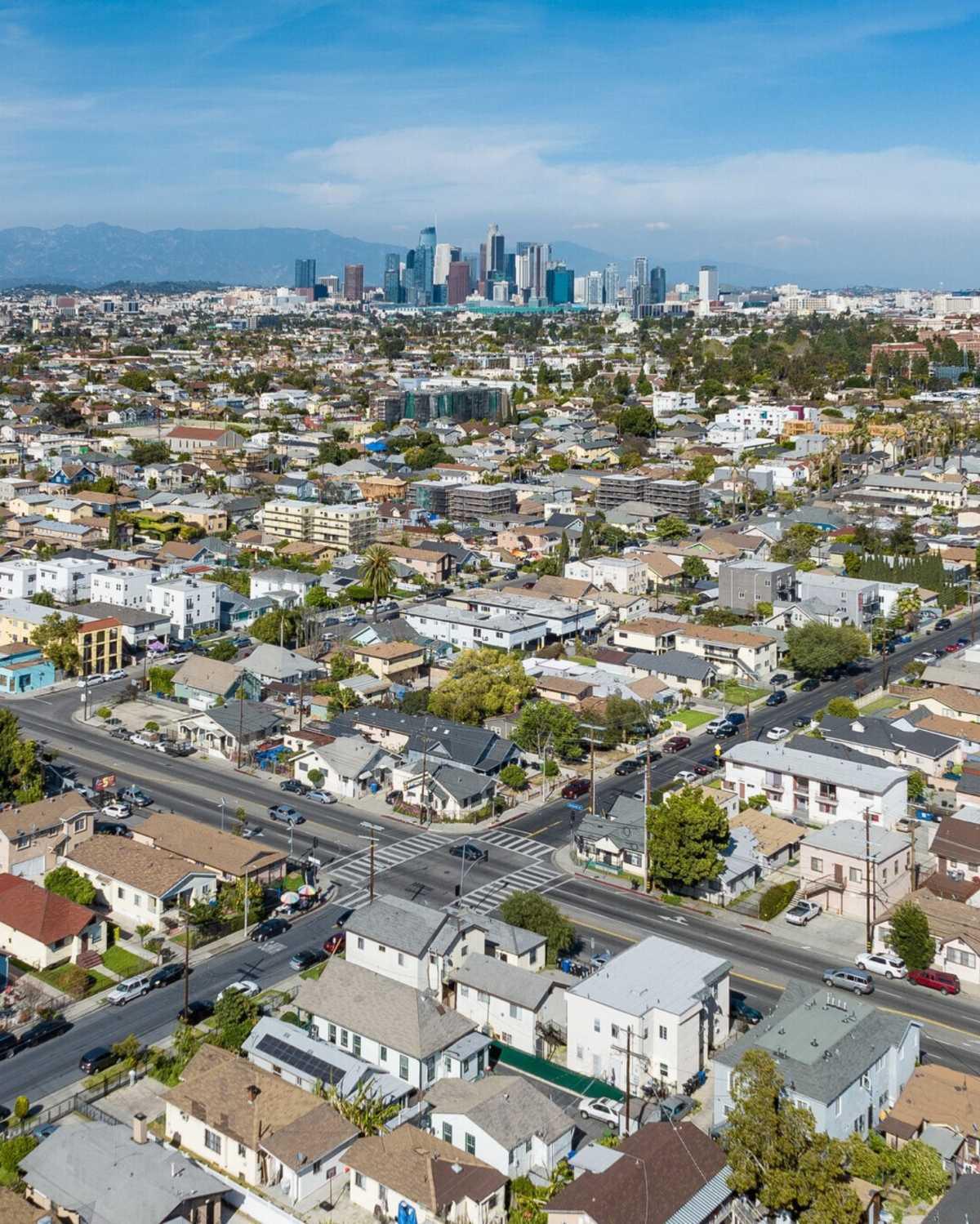South Los Angeles has been steadily transforming since around 2015, evolving from an overlooked district into an increasingly sought-after multifamily investment destination. What began as tentative interest from pioneering developers has matured into a substantive market shift, with clear patterns of neighborhood revitalization, infrastructure improvements, and changing demographics. For multifamily investors, property owners, and managers, South LA's ongoing evolution offers valuable lessons and continuing opportunities.
The Evolution Thus Far
Since 2015, South LA has experienced meaningful change through a gradual but persistent influx of capital. Unlike some revitalization efforts driven by a single catalyst, South LA's renaissance has involved multiple factors working in concert: transit expansion, cultural investment, policy changes, and grassroots community development.
The question now isn't whether South LA represents opportunity, but rather how the opportunity is evolving.
Infrastructure Developments: Promises Delivered
The transit improvements that were merely planned in 2015 have now largely materialized. The Crenshaw/LAX light-rail line (Metro K Line), partially opened in 2022, has already influenced development patterns along its corridor. The transit-oriented communities (TOC) incentives have functioned as intended, spurring housing development in transit-rich areas.
Properties within walking distance of these stations have captured the premium values that were predicted, validating the "transit premium" theory that guided early investors. For multifamily operators, these transit nodes continue to offer advantages in marketing, tenant retention, and rent growth potential.
Cultural and Institutional Investment: Taking Root
USC's $700 million Village complex, opened in 2017, has fulfilled its promise as a neighborhood anchor, supportin g rental demand and improving the surrounding area. The Banc of California Stadium (now BMO Stadium), completed in 2018, has similarly established itself as a successful venue that enhances the Exposition Park district.
Meanwhile, the $1 billion Lucas Museum of Narrative Art continues construction with an anticipated 2026 opening. These completed and in-progress cultural assets have already begun influencing the residential landscape, creating more desirable neighborhoods and supporting higher-quality retail and amenities.
Neighborhood Spotlight: Evolution in Process
Key South LA neighborhoods have evolved at different paces, providing instructive case studies for investors:
West Adams & Jefferson Park have moved furthest along the revitalization curve. What was emerging interest in 2015-2017 has blossomed into full-fledged transformation, with numerous completed projects. The area now serves as a case study in successful urban evolution.
The Crenshaw Corridor (including Leimert Park and Hyde Park) has progressed more gradually. The K Line has accelerated development activity, with projects like Crenshaw Crossing moving forward. The corridor's position as a cultural hub for Black Los Angeles has been maintained even as new investment arrives.
The USC/Exposition Park area continues to benefit from its institutional anchors, with steady demand for multifamily housing from students, staff, and those drawn to the area's cultural amenities.
Current Opportunities and Strategies
Today's South LA market requires more sophisticated approaches such as:
-
Value-add refinement has replaced basic rehabilitation. Today's opportunities involve targeted enhancements to meet the expectations of an increasingly discerning tenant base.
-
Infill development remains viable, particularly near transit nodes where density bonuses improve project economics.
-
Adaptive reuse of commercial and industrial properties represents another continuing opportunity, particularly where buildings have historical character.
-
Mixed-income approaches have gained traction as both policy requirements and market realities have evolved.
Looking Forward: South LA's Next Chapter
As South LA approaches the ten-year mark in its current revitalization cycle, several factors will shape its next chapter:
The 2028 Olympics will bring increased attention and investment to Los Angeles, with potential benefits for South LA neighborhoods.
Completed cultural institutions, particularly the Lucas Museum, will add to the area's destination appeal and support further neighborhood improvements.
Demographically, South LA will likely continue its gradual evolution, with younger professionals seeking centrally located housing mixing with established residents and families.
A Market Coming Into Its Own
Nearly a decade into its transformation, South LA has evolved from a speculative opportunity to an established multifamily submarket with distinctive dynamics. For investors who recognized this potential early, South LA has delivered meaningful returns. For those considering entry today, the market offers a more mature but still evolving landscape.
The South LA story provides valuable lessons about urban revitalization: meaningful change takes time; multiple factors must align to create sustainable momentum; community engagement matters; and neighborhood-specific approaches yield better results than generic solutions.
As South LA continues writing its next chapter, it stands as a testament to the potential of overlooked urban neighborhoods when thoughtful investment, supportive policy, and community engagement come together.
Related Articles:
-
Los Angeles bans 'renovictions' in latest tenant protection move (CoStar)
-
Modest Momentum Builds in February Rent Growth, Occupancy Readings (RealPage)
- SoLa Impact gets $35M to build affordable housing at 4301 S. Vermont Ave. (Urbanize)
- Map: Los Angeles (MarketRent)


